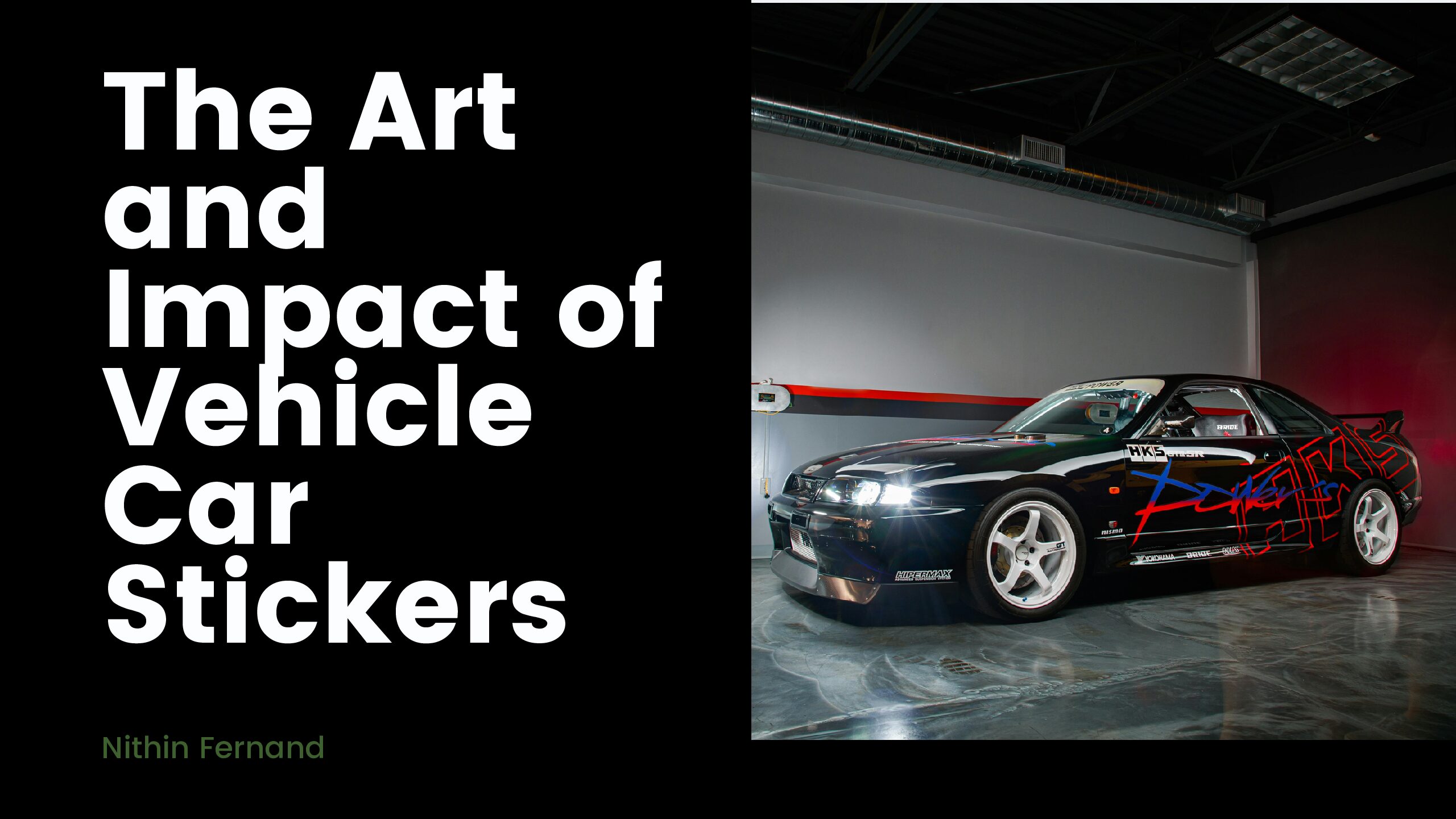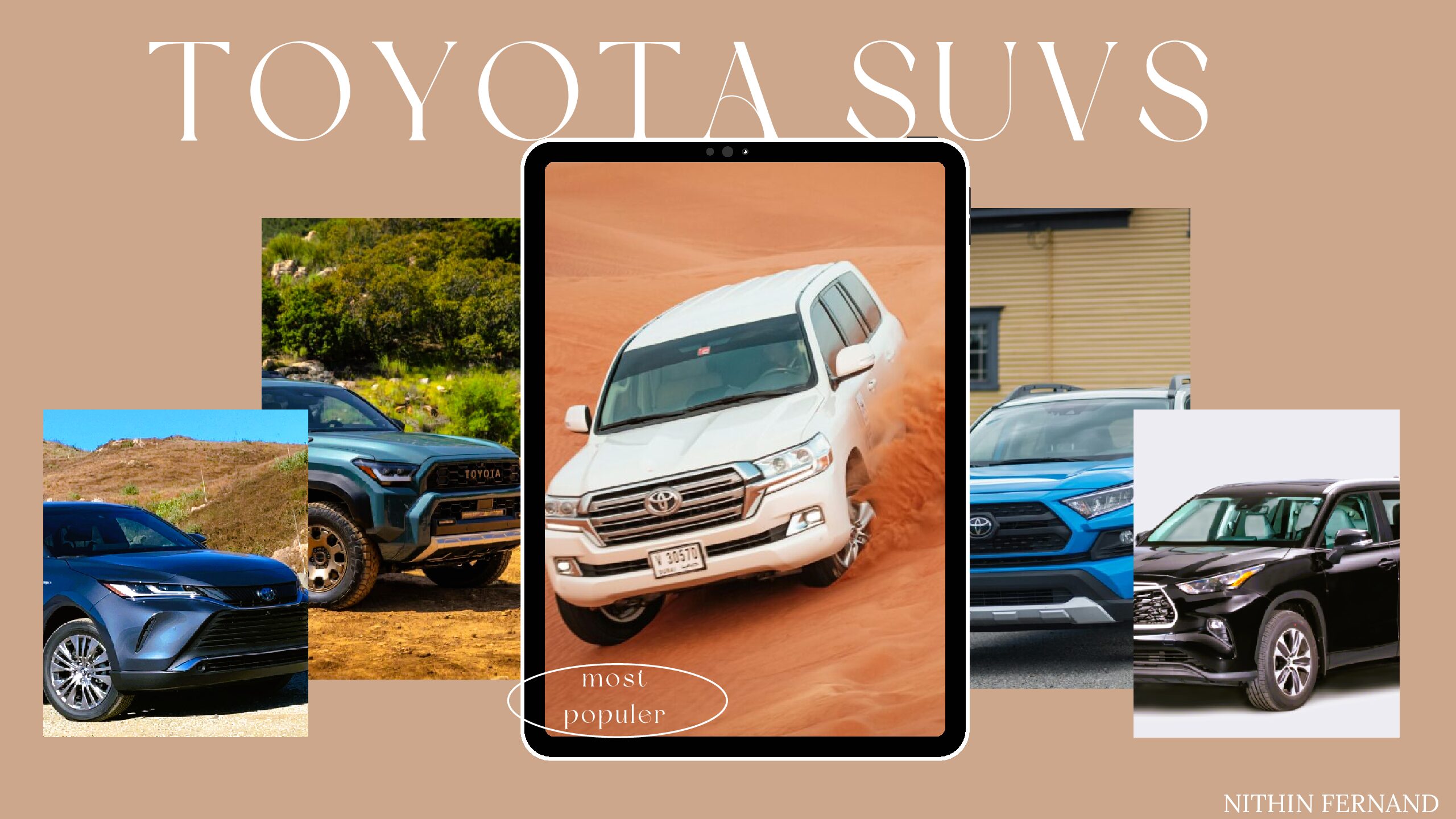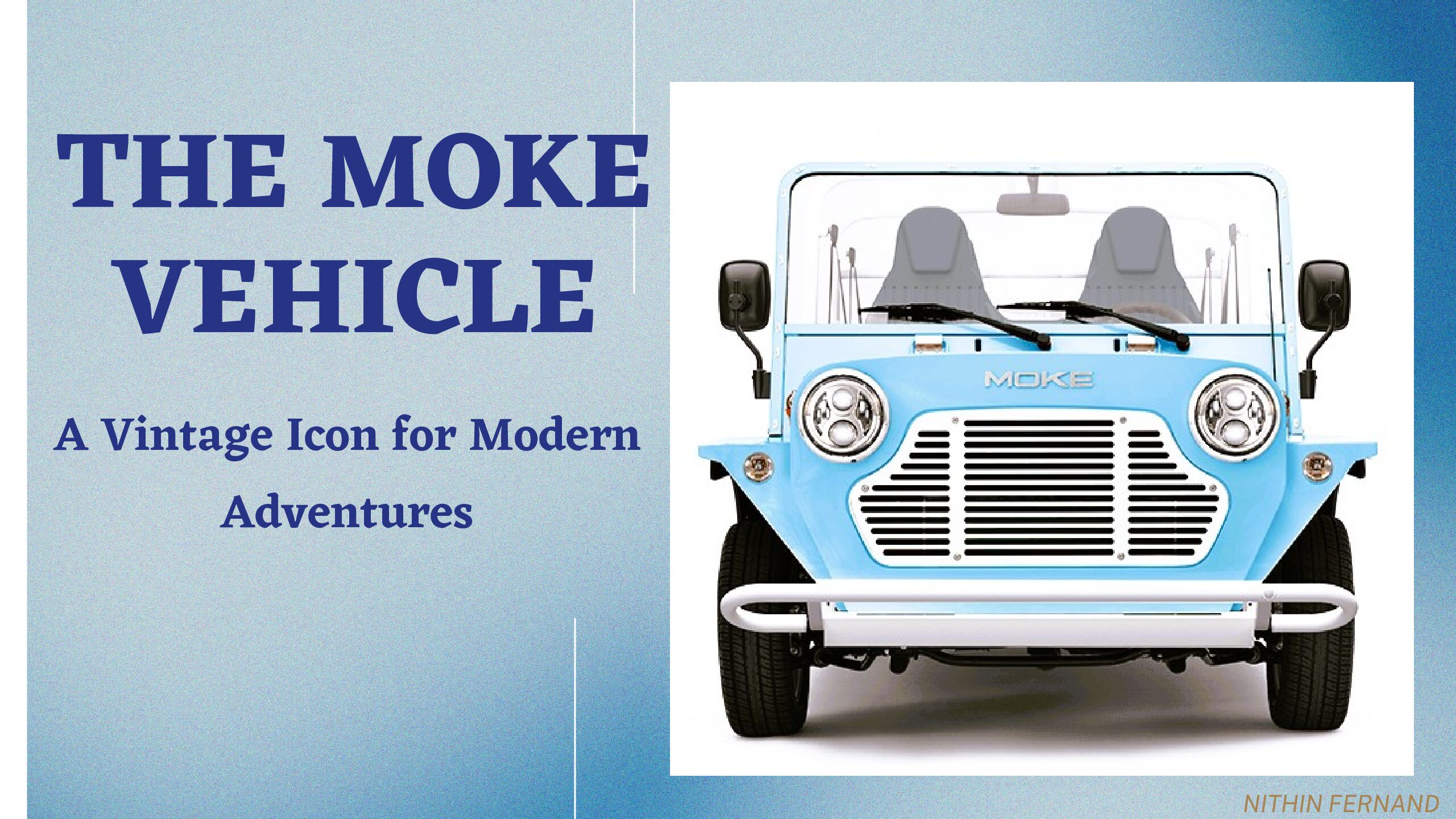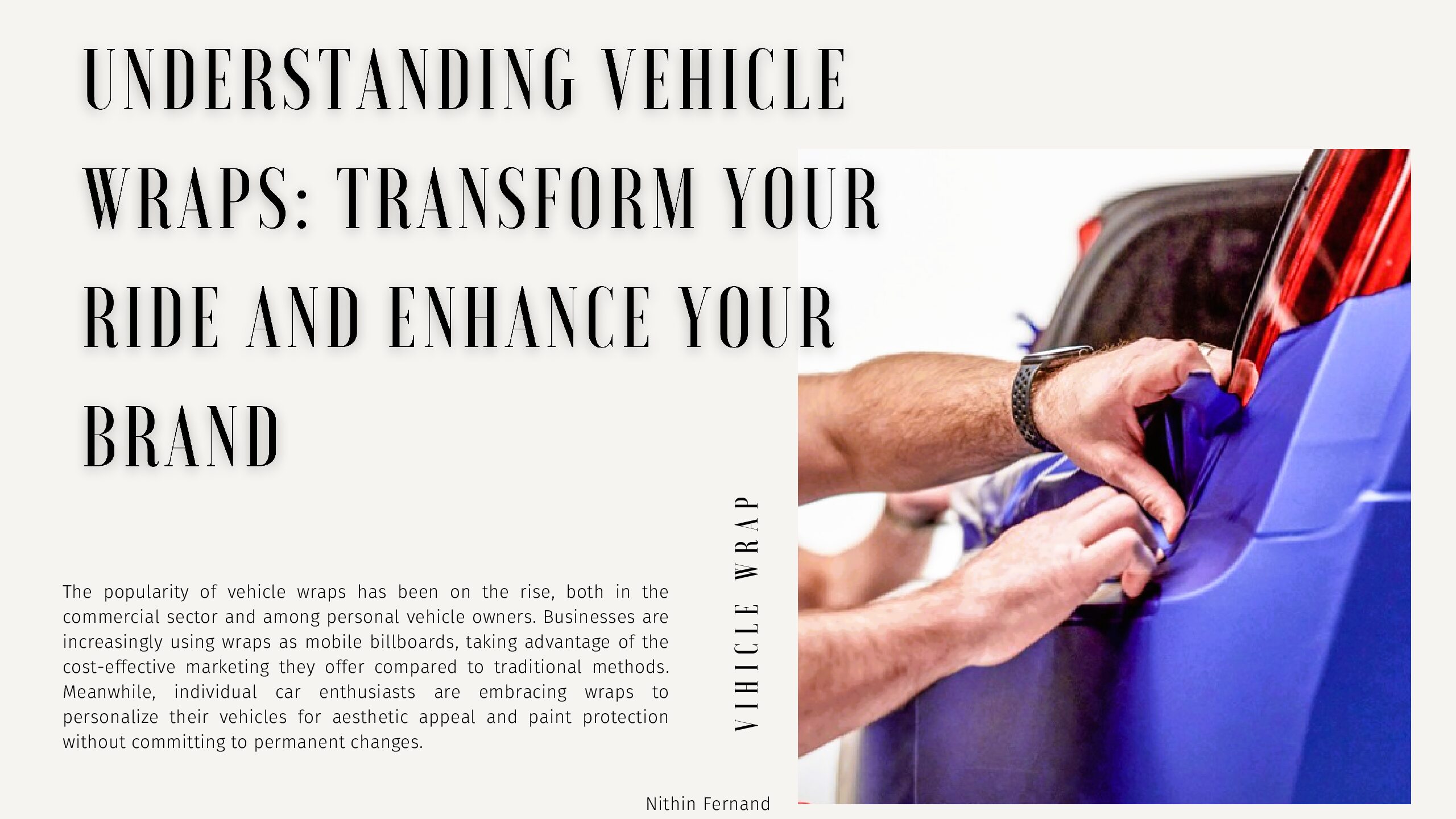The Art and Impact of Vehicle Car Stickers 2024
Vehicle car stickers, also known as decals, have become a common sight on roads worldwide. These adhesive designs, affixed to the exterior or interior of vehicles, serve a variety of purposes ranging from personal expression to commercial advertising. Available in countless designs and sizes, they can be found on everything from bicycles to trucks, showcasing a wide array of messages and artistic flair.
In contemporary society, vehicle car stickers have grown in importance and popularity. They provide a unique platform for personal expression and brand visibility, offering an accessible means for individuals and businesses to communicate messages while on the move. Their widespread use reflects a broader cultural trend towards customization and individuality.

The purpose of this article is to explore the multifaceted role of vehicle car stickers in modern society. It aims to delve into their history and evolution, examine their cultural and economic impacts, and highlight trends in design and usage. Additionally, this article will consider the environmental considerations surrounding the production and disposal of car stickers. By the end, readers will gain a comprehensive understanding of why these unassuming stickers play a notable role in our daily lives.
History of Car Stickers
Origins and Initial Purposes
Car stickers, or vehicle stickers, trace their origins back to the early 20th century when automobile ownership began to rise. Initially, stickers were used for practical purposes, such as identifying vehicle ownership, displaying registration, or serving as insurance notifications. These early stickers were primarily utilitarian, focusing on functionality rather than personal expression.
Evolution Through the Decades
In the 1960s and 1970s, the rise of the counterculture movement and the growing popularity of youth culture led to a shift in the use of car stickers. They became a medium for personal expression, political statements, and promoting various causes. This included bumper stickers with slogans that spoke to social issues, environmental concerns, and political affiliations.
By the 1980s and 1990s, car stickers evolved further with advances in printing technology. They took on a more diverse range of artistic forms, allowing for detailed graphics and custom designs. Businesses began to harness car stickers for advertising, using vehicles as mobile billboards to reach larger audiences. The internet and digital printing in the late 1990s and early 2000s enabled even more personalization, allowing individuals to create custom stickers to reflect their identity or interests.
Types of Vehicle Car Stickers
- Bumper Stickers: These feature typical slogans or brief messages and are usually made for easy adhesion. They often express humor, political views, or personal mottos.
- Decals: More elaborate than bumper stickers, decals often include detailed images and graphics. They can cover larger areas of a vehicle and are popular for promoting brands or events.
- Window Stickers: Designed for easy application and removal, these stickers often adhere to the interior of windows. They are commonly used for promotional purposes or temporary messages.
- Magnetic Stickers: These non-permanent options allow for easy application and removal without damaging the vehicle’s surface. They are popular among businesses for advertising, as well as for personal use when individuals want flexibility in their messages.
Purpose and Uses
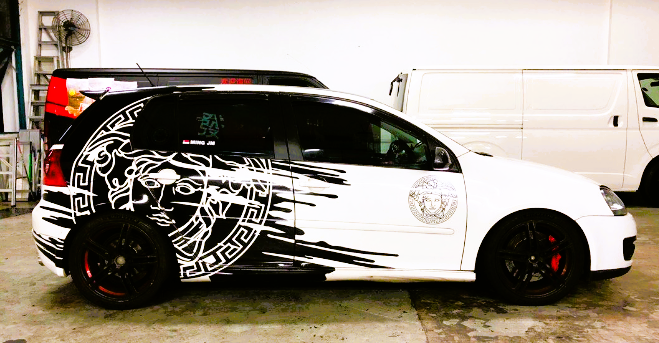
- Personal Expression: Stickers serve as a canvas for individuals to showcase their beliefs, interests, and affiliations, reflecting personal identity and creativity.
- Commercial Use: Businesses utilize stickers for branding, advertising products, and enhancing visibility in a competitive market, often seen on packaging, merchandise, and promotional items.
- Political Statements: Stickers are a powerful medium for political campaigns and social movements, allowing individuals and groups to advocate for causes and express opinions dynamically.
- Humor and Entertainment: They can also function as a source of lightheartedness, with jokes and memes being popular themes, appealing to various demographics through humor.
Materials and Technology
- Common Materials: Stickers are typically made from materials like vinyl and magnetic substrates, offering durability and versatility for different applications.
- Printing Techniques: Advanced printing methods, such as digital and screen printing, allow for high-quality, vibrant graphics and customization, catering to both small and large scale production.
- Adhesive Technology: Recent innovations in adhesive formulations have enhanced the durability of stickers while ensuring they can be removed without leaving residue, making them user-friendly for a variety of surfaces.
Design Considerations
- Color and Font Choice:
- The color palette significantly impacts visibility and emotional response. Bright, contrasting colors can attract attention, while softer tones convey subtlety. Font selection also plays a crucial role; legible and eye-catching fonts enhance clarity and appeal.
- Size and Placement:
- Optimal size is essential for readability from various distances. Placement on vehicles, such as windows, bumpers, or sides, can influence visibility and impact. Strategic positioning ensures that stickers are seen clearly and effectively convey their message.
- Legal and Safety Considerations:
- Adherence to local regulations regarding visibility is crucial; stickers should not obstruct driver sightlines or essential vehicle markings. Additionally, safety guidelines should be observed to prevent distractions or hazards on the road.
Trends in Car Stickers

- Popular Themes and Slogans:
- Current trends often include messages related to social movements, environmental awareness, and personal interests like hobbies or sports. Humorous quotes and minimalist designs are also gaining popularity, appealing to a wide audience.
- Influence of Social Media:
- Social media platforms significantly shape sticker trends, as designs and themes often go viral. Influencers and online communities share their favorite stickers, fostering a culture of inspiration and creativity that influences consumer choices, resulting in custom and unique sticker designs.
How to Install Vinyl and Stickers on a Car?
Installing vinyl stickers on a vehicle is a popular way to personalize its appearance and make a statement. Whether adding a small decal or covering a larger area with a vinyl wrap, the process requires careful preparation and application to ensure a smooth and long-lasting finish. This guide will provide step-by-step instructions for successfully installing vinyl stickers on a car, offering tips and techniques for achieving professional results.
Step 1: Gather Materials
Ensure you have the necessary materials ready, including the vinyl stickers, a squeegee or credit card for smooth application, a cleaning solution, and a microfiber cloth.
Step 2: Prepare the Surface
Clean the area of the car where the sticker will be applied using a cleaning solution to remove any dirt, dust, or residue. Ensure the surface is dry before proceeding.
Step 3: Position the Sticker
Place the sticker on the desired area of the car without fully applying it. Use masking tape to hold it in position and ensure it is straight and aligned correctly.
Step 4: Apply the Sticker
Starting from the center, peel off the backing paper of the sticker and gradually press it onto the surface, working outwards to avoid air bubbles. Use a squeegee or credit card to smooth out the sticker as you go.
Step 5: Remove Transfer Tape
Once the sticker is applied, gently peel off the transfer tape on top of the sticker. Do this slowly to ensure the sticker remains in place on the car surface.Step 6: Final Touches
Step 6: Final Touches
After removing the transfer tape, use the squeegee to press down on the sticker again to ensure it is securely adhered to the car’s surface. Wipe down the sticker and surrounding area to remove any remaining residue or fingerprints.
Step 7: Allow to Set
Allow the sticker to set and adhere to the car’s surface for at least 24 hours before washing the vehicle or exposing it to harsh weather conditions.
By following these step-by-step instructions, you can effectively install vinyl stickers on a car, adding a personalized touch or message to your vehicle.
Economic Impact
- Market Size and Consumer Spending:
- The market for car stickers has seen substantial growth, driven by a rising consumer interest in personalized vehicle decor. Estimated market sizes reveal billions in annual spending, with consumers willing to pay for custom designs that express their individuality.
- Role in Small Businesses and Custom Design Shops:
- Small businesses and custom design shops benefit significantly from the car sticker market. These enterprises often provide unique, personalized offerings that cater to niche markets. They play a crucial role in the overall economy, fostering creativity and local entrepreneurship while helping consumers access specialized, often handmade products.
Understanding Vehicle Wraps: Transform Your Ride and Enhance Your Brand 2024
Nithin Fernand
Environmental Considerations
- Biodegradable Materials and Eco-Friendly Printing Options:
- The demand for sustainable options is leading to innovations in biodegradable materials and eco-friendly printing techniques. Brands are increasingly adopting water-based inks and recyclable substrates to minimize their environmental footprint, appealing to environmentally conscious consumers.
- Impact of Disposable Stickers on the Environment:
- Disposable stickers contribute to waste, particularly when made from non-biodegradable materials. The proliferation of single-use stickers raises concerns about landfill accumulation and pollution. As a result, there is a growing push towards more sustainable practices, including the use of reusable or recyclable stickers to mitigate environmental impacts.
Conclusion
In summary, car stickers have become a significant cultural phenomenon, serving as a canvas for personal expression, political statements, and advertising messages. Their ongoing appeal lies in their versatility, cost-effectiveness, and mobility, allowing drivers to showcase their individuality and businesses to reach diverse audiences on the go. As vehicles continue to serve as extensions of personal identity and brand representation, the demand for unique and eye-catching car stickers is expected to persist.
Looking into the future, technology integration is poised to play a substantial role in the evolution of car stickers. Digital displays and interactive elements are likely to enhance the traditional sticker concept, offering dynamic and customizable options for both personal and commercial use. With advancements in material and display technologies, we can anticipate a new era of interactive and engaging car sticker experiences, further cementing their relevance in contemporary society.
Additional Resources
Further Reading and Product Reviews
Expert Opinions
- Contact the International Car Sticker Association for industry insights and expert opinions on the latest trends in car stickers and vehicle graphics.
Professional Installation Services
- For professional installation services and custom designs, reach out to CarWrap City for expert assistance with applying car stickers and vehicle wraps.
For personalized recommendations and specific installation services, it’s advisable to contact local vehicle customization shops and graphics professionals for tailored assistance.
FAQs
1.What kind of sticker is applied on automobiles?
Standard White Vinyl: The Most Common Type of White Vinyl
2.Are decals OK for automobiles?
Only when bumper stickers are removed improperly can they harm an automobile’s paint.

